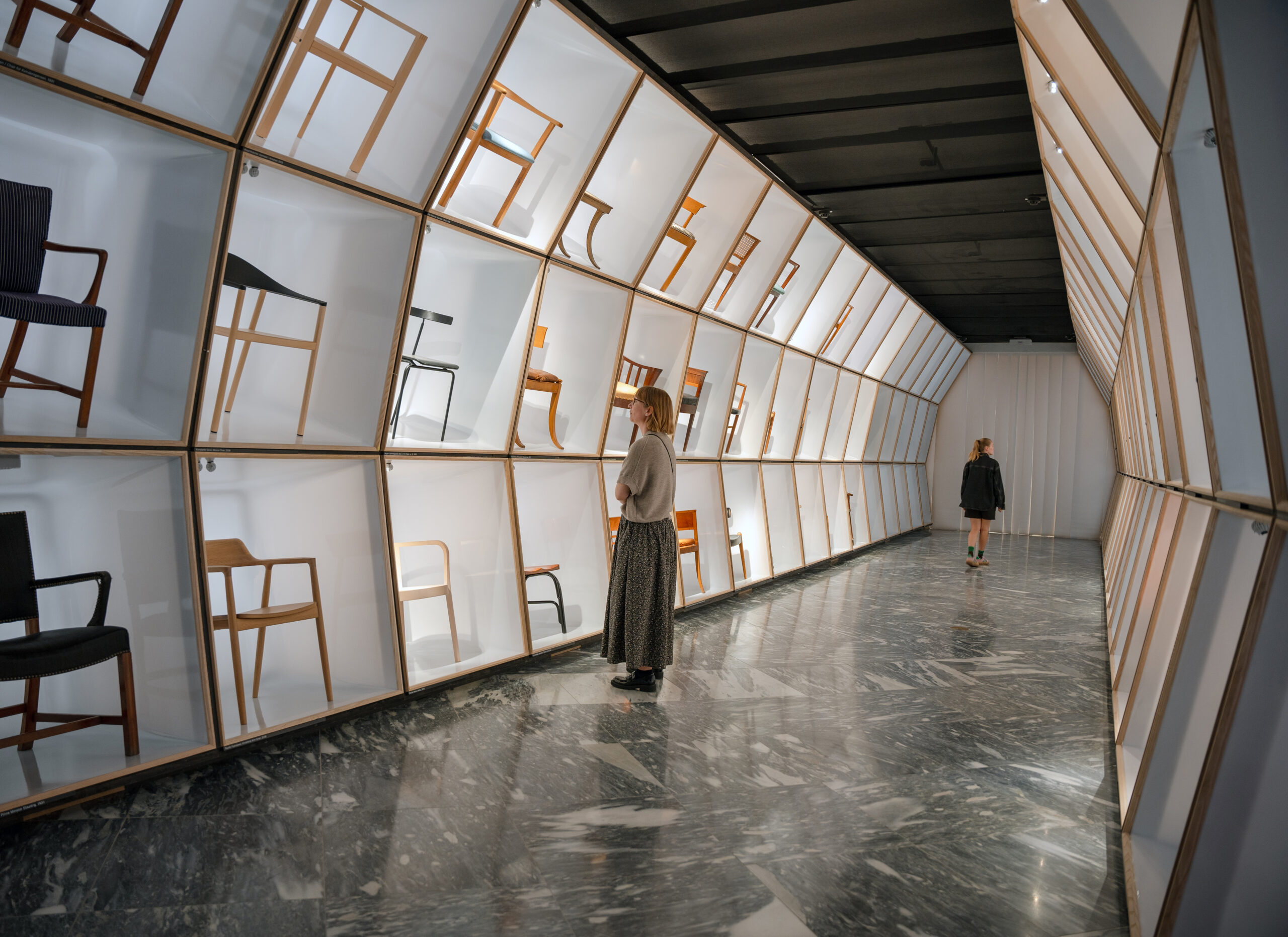Children who grow up in rural areas are far less likely to suffer from allergies than their city-dwelling compatriots, according to a new Danish study, Politiken reports.
READ MORE: Allergies costing the country billions
Grethe Elholm, an allergy researcher at Aarhus University who headed the study, explained it was the first time such isolated differences had been documented.
“It’s nothing new that the industrial Western world has a higher occurrence of allergies compared to, for example, a developing country in central Africa,” she said.
“The new thing is that in a homogeneous population in a little Western country like Denmark you can see differences in vulnerability of developing allergies, all depending on where you are born and grow up in the country. We see a clear pattern: the more urbanised a child is growing up, the bigger the risk of developing allergies later in life.”
Cities stunt immune system development
According to Elholm, the absence of animals and their associated microbes impacts on the immune system’s development so that later in life it reacts violently to mundane things.
The study tested 1,236 Danish men between the ages of 30 to 40 for a number of common allergies.
The differences were striking. Some 37.6 percent of men who grew up in cities tested positive for an allergy to grass pollen, while the proportion of those from the countryside was just 10.3 percent.
Likewise, 30.3 percent of those with an urban upbringing are allergic to dogs, while only 4.1 percent of rurally-raised men suffer from the same complaint.










